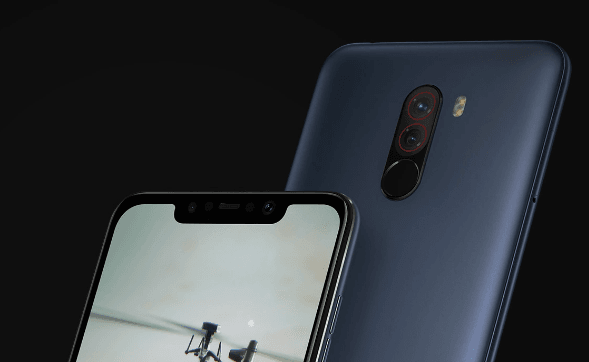Xiaomi is now a known name globally because of its impressive smartphones at very affordable price points. So far, the Chinese company has majorly focused on China and India with its low and mid-tier handsets. Now, the company has come up with a robust plan to take on big names in the smartphone segment.
How can Poco help Xiaomi?
On Wednesday, at an event in India, Xiaomi announced a new sub-brand with the name Poco. Under its new brand, the Chinese company plans to sell smartphones that will compete with the likes of OnePlus and Samsung, the two companies that dominate the lower portion of the high-end market.
With the Poco brand, the Chinese company will be hoping to boost its revenue, and more importantly profits. Xiaomi, which went public last month, posted $1 billion in losses in the first quarter. For the second quarter, the company posted a net profit of $2.1 billion, but an operating loss of $1.1 billion.
Xiaomi also launched its first smartphone under the Poco brand – called Pocophone F1. The smartphone features the latest and top-line hardware, including Snapdragon 845 SoC. According to the company, Pocophone F1 is the cheapest phone to be powered by the Snapdragon 845 SoC.
Pocophone F1 – premium specs at very affordable price
The Pocophone F1 handset features a 20-megapixel selfie camera, fast-cooling tech and a polycarbonate body. On the back, it has a 12-megapixel, f/1.9 Sony sensor along with a 5-megapixel sensor for depth effects. Though none of the sensors feature OIS and MIUI’s AI photography features, they are claimed to work well. The smartphone would feature a 6.18-inch, 18.7:9 LCD screen with Full HD+.
The entry-level Pocophone F1 will have 6GB of RAM and 64GB of storage, while the expensive variant will feature 8GB of RAM and up to 256GB of storage. Further, the handset will run Android 8.1 Oreo with a MIUI skin. Currently, it is using MIUI 9.6, but soon will update to version 10. The connectivity options include USB Type-C charging port, USB 2.0 and Bluetooth 5.0. The handset will be available in blue, red or black.
Additionally, all the variants will come with a rear fingerprint sensor and a 4,000mAh battery. A bigger battery may make it a bit heavier, but that’s understandable. The entry-level version is priced at just Rs 20,999 ($300), less than half the price of a Samsung phone with similar specifications.
Pocophone F1 will first be made available in India. Later, it will debut in the European markets. Though there are no clear plans to launch it in the U.S., the company may bring its future Poco devices to the U.S. provided things go well. Xiaomi has long been saying that it will bring its phones to the U.S., but so far it has made no progress. For now, it offers accessories like headphones and batteries in the U.S.
How Poco managed such specs at a low price?
Even though the handset only uses the front camera for the Face Unlock, the notch does include an infrared illuminator to ensure that the camera works in the dark as well. Also, the liquid cooling system will make sure that the Snapdragon’s processor cores run smoothly even under a heavy and sustained workload. Offering all these features, which are normally there in a $1000 handset, at such a price point, it is really commendable.
Revealing how the company is able to pack all these rich features in at such a price, Xiaomi’s product manager, Jai Mani, told VentureBeat that the smartphone makers also include features that are not needed by the users, and this pushes the cost up, but with the F1, the company has focused on the important features, such as battery life, a feature that matters to almost all users.
Further, Xiaomi’s intention behind creating Poco is not to score max in the benchmarks, instead, they aim to provide the features that the users care about in the best possible way. Mani told Engadget that he often read in the comments section that people are asking for phones with Snapdragon 845 but with a bigger battery.
“And someone else will come back with ‘Hey, we’re nerds. No manufacturer will ever make a phone just for us because we’re too small a market,’ and to an extent that’s true,” Mani told. And, this is the segment that the Xiaomi primarily wants to address with the Pocophone F1.





